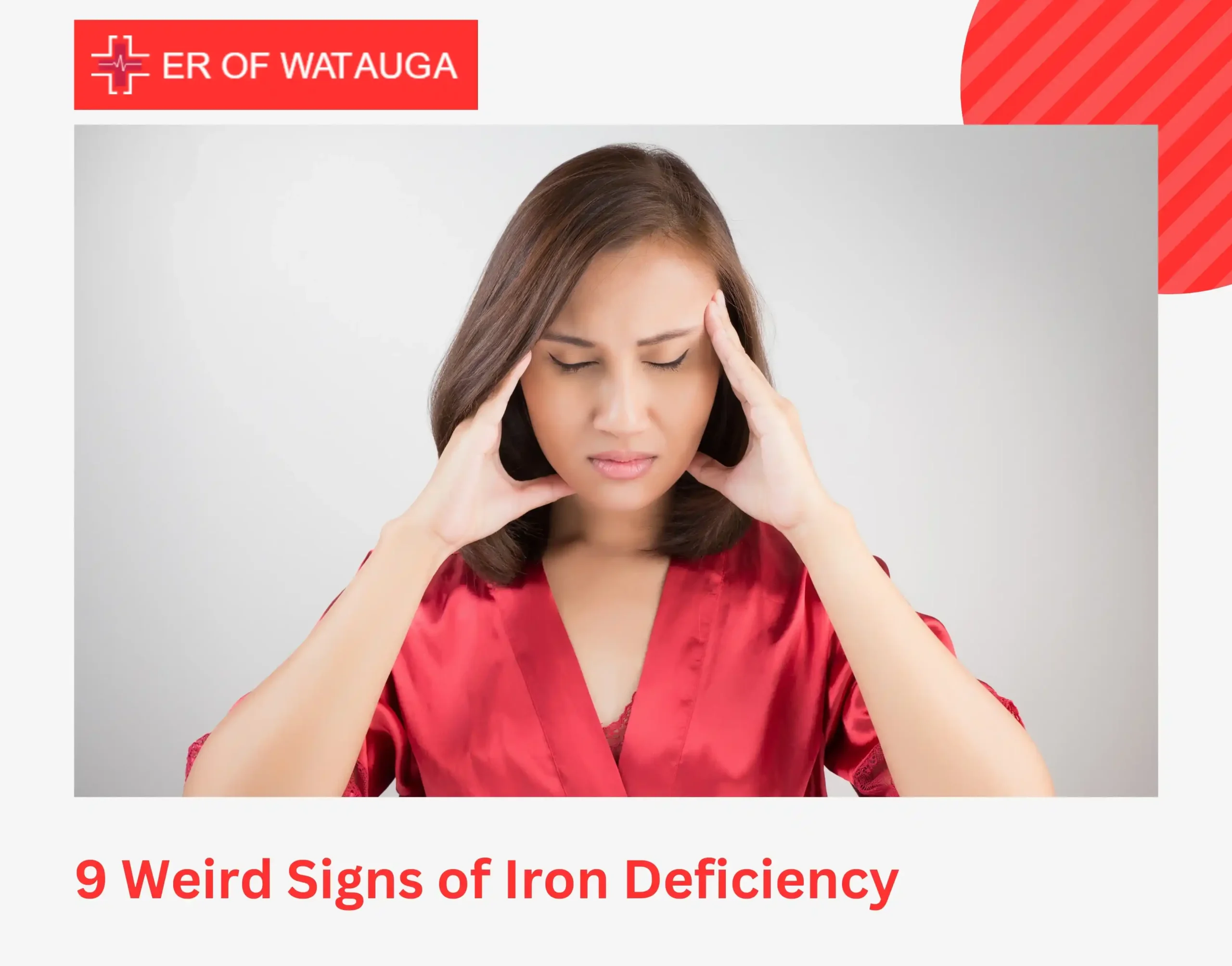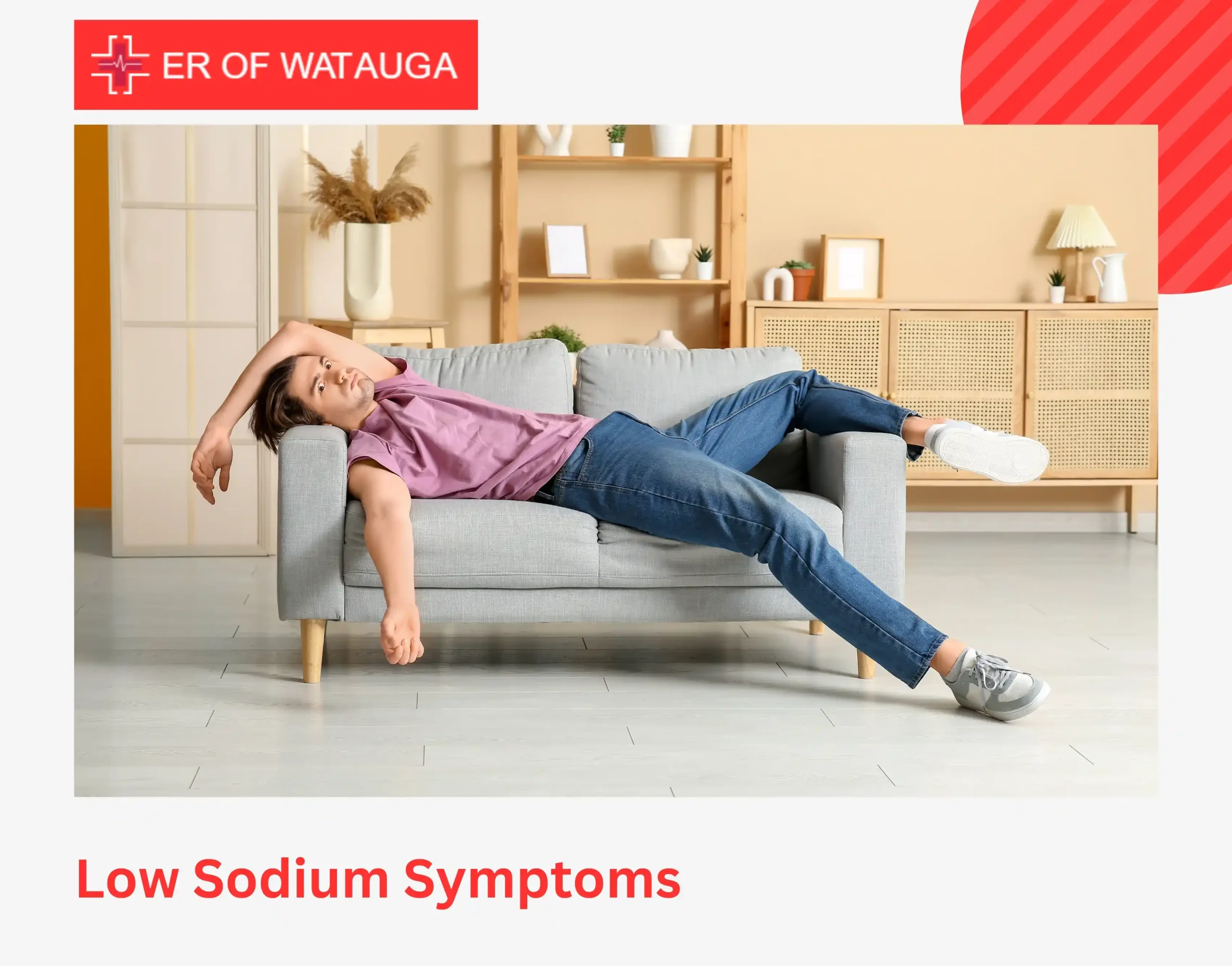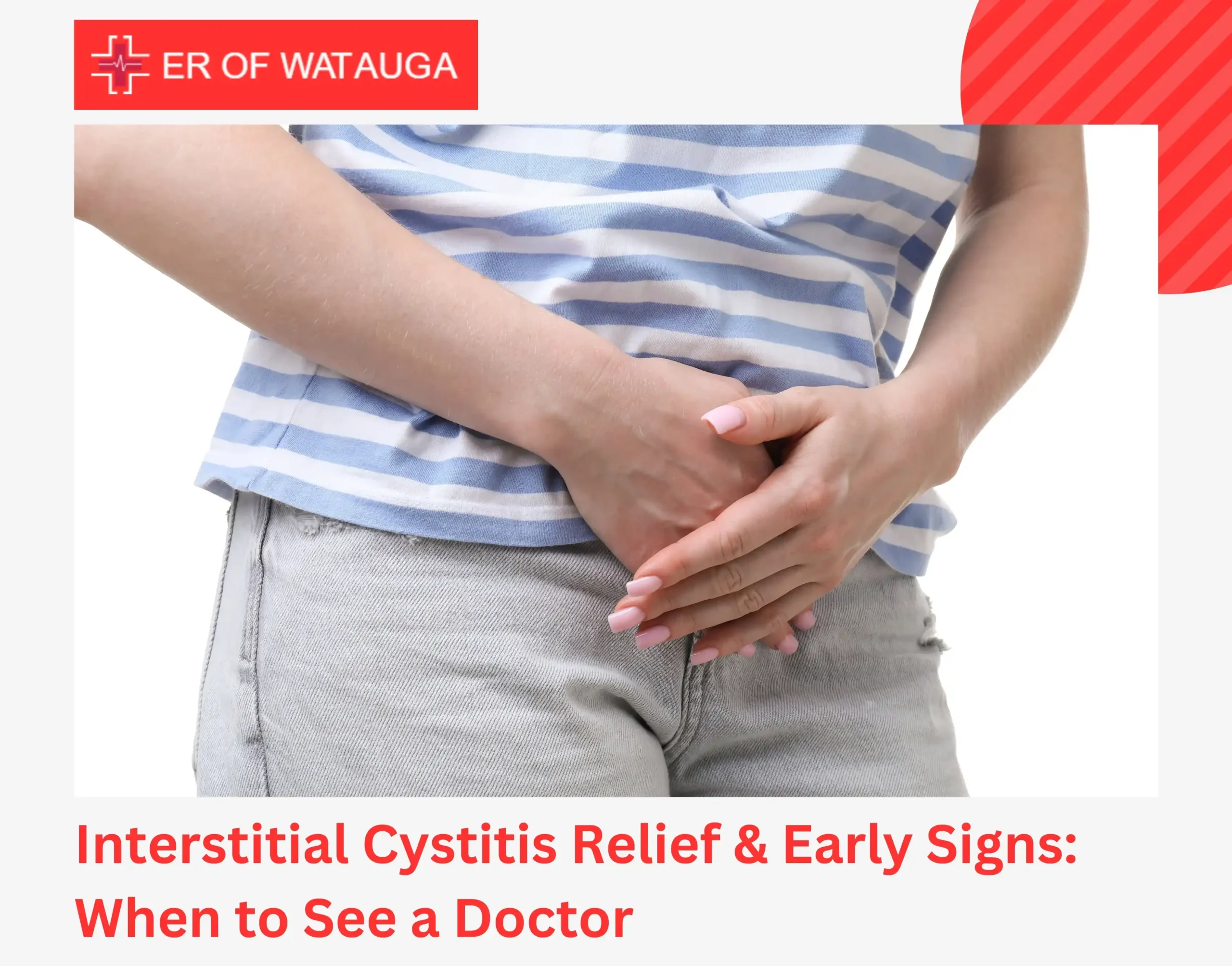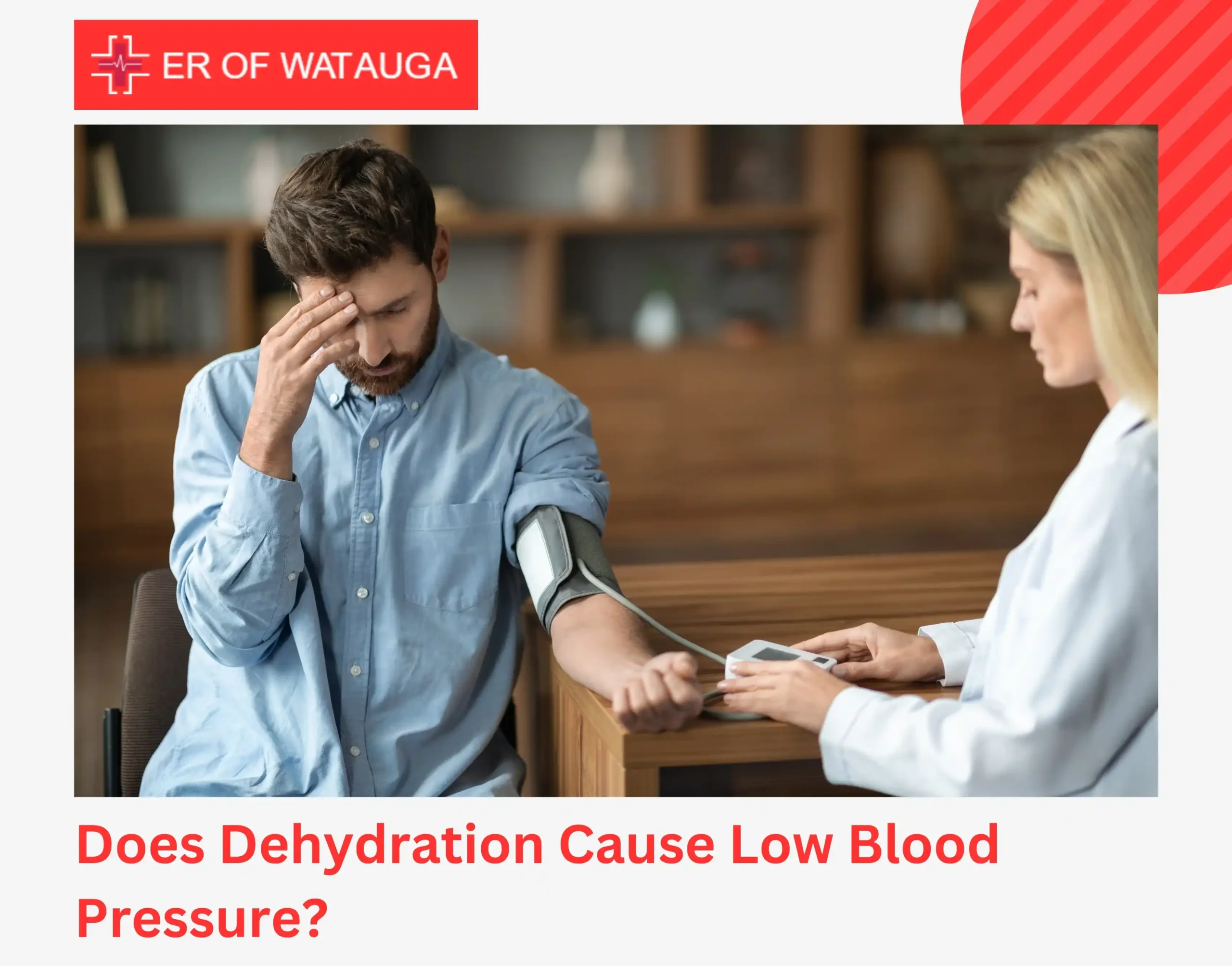Can you believe that craving ice can be a sign of anemia? It’s true. Iron plays a major role in carrying oxygen throughout your body, so when your levels drop, the effects can show up in some unexpected ways.
Iron deficiency is one of the most common nutritional problems worldwide, affecting millions of people across all age groups. Recognizing these lesser-known signs early can make a big difference in getting the right treatment and avoiding long-term complications.
This guide breaks down some of the unusual Signs Of Iron Deficiency, treatment options, and when it’s time to seek professional help.
9 Unusual Signs Of Iron Deficiency You Shouldn’t Ignore
Here are some unusual anemia symptoms:
1. Craving Ice or Non-Food Items (Pica)
Chewing ice constantly or craving substances like clay, dirt, or paper may be linked to pica, a condition associated with iron deficiency. This unusual craving is your body’s way of signaling anemia, even if you don’t feel typical symptoms of low iron.
2. Brittle or Spoon-Shaped Nails
Nails that break easily, split, or curve upward in a spoon-like shape (known as koilonychia) can be a sign of low iron. Although nail changes may seem like a cosmetic issue, they can reflect deeper nutritional deficiencies.
3. Restless Legs Syndrome
Restless legs syndrome is a condition where you feel tingling, itching, or an irresistible urge to move your legs at night. Iron deficiency has been strongly linked to this sleep-disrupting problem. Many patients notice restless legs improve significantly after correcting iron levels.
4. Frequent Headaches or Dizziness
Because iron is essential for oxygen delivery, low levels reduce oxygen supply to the brain. This can trigger frequent headaches, migraines, or dizziness, especially when standing up too quickly. Many people often overlook these symptoms as stress or dehydration, but iron deficiency could be the underlying cause.
5. Hair Loss and Dry Skin
Hair loss and dry skin are severe signs of iron deficiency. If your hair is thinning or falling out more than usual, iron deficiency may be to blame. Since hair follicles need oxygen-rich blood to grow, insufficient iron can lead to shedding. Dry, itchy skin may also accompany low iron levels.
6. Loss of Appetite
Iron deficiency can sometimes alter your sense of taste or appetite. Some people lose interest in eating altogether, while others crave intensely flavored or unusual foods.
7. Trouble Focusing and Memory Issues
Low iron levels reduce oxygen delivery to the brain, which causes mental fog, difficulty focusing, or short-term memory problems. Over time, this can impact work, studies, and daily productivity.
8. Paleness in Unusual Areas
Pale skin is one of the classic signs of iron deficiency. But it doesn’t always show up on your face. Sometimes it’s more noticeable in areas like the inside of your lower eyelids, your gums, or your palms.
9. Inflamed or Smooth Tongue
Glossitis, also known as inflammation of the tongue, is a lesser-known but important sign of iron deficiency.
Iron is essential for producing certain enzymes that help keep your tongue tissue healthy. The result is a painful, burning sensation that makes eating or talking uncomfortable. In some cases, you may also notice cracks at the corners of your mouth (called angular cheilitis).
Why Iron Matters for Your Health
Iron is a vital mineral that plays a key role in producing hemoglobin, the protein in red blood cells that carries oxygen throughout the body. Without sufficient iron, your body cannot make enough healthy red blood cells, leading to iron deficiency anemia.
This not only reduces your energy but also impacts brain health, skin, nails, and even mood stability. Since iron is also involved in enzyme function and muscle metabolism, a deficiency can create widespread health challenges.
How Doctors Diagnose Iron Deficiency
If several of these signs of iron deficiency sound familiar, the best step is to talk to a doctor and get a simple blood test. Doctors usually confirm iron deficiency with blood tests, including hemoglobin, hematocrit, and ferritin levels.
They may also assess diet, medical history, and possible sources of blood loss. Identifying the cause is just as important as diagnosing the deficiency, since treatment may differ depending on whether it’s related to diet, absorption problems, or blood loss.
Iron Deficiency Signs Treatment
Treatment usually involves:
- Eating more iron-rich foods (like lean red meat, lentils, spinach, beans, poultry, and fortified cereals)
- Pairing iron foods with vitamin C (think spinach with lemon juice, or steak with tomatoes) can also boost absorption.
- Addressing underlying causes to eliminate symptoms of low iron
- Pairing iron-rich foods with vitamin C sources like citrus fruit can enhance absorption. Taking prescribed iron supplements
- Supplements may be necessary for more severe deficiencies, though they should be taken under medical supervision, as too much iron can be harmful.
Who Is Most at Risk of Iron Deficiency?
Certain groups are more prone to iron deficiency, including:
- Women with heavy menstrual cycles
- Pregnant women
- Children and teens undergoing rapid growth
- Vegetarians and vegans who do not consume enough plant-based iron sources
- People with digestive disorders like Crohn’s or celiac disease
- Regular blood donors and individuals with chronic illnesses may also face a higher risk
Final Thoughts: When to Seek Medical Help for Iron Deficiency
If you’re experiencing multiple iron deficiency signs, like fatigue, brittle nails, hair loss, or frequent headaches, talk to a healthcare professional. Catching it early can help prevent serious complications like severe anemia, heart issues, or developmental delays in children.
At the ER Watauga, we run quick, on-site blood tests to check your iron levels, identify the cause, and get you the right treatment fast.
FAQs
1. Can iron deficiency cause anxiety or depression?
Yes. Iron plays a role in brain function and mood regulation. Low levels may contribute to anxiety, irritability, or depressive symptoms.
2. How quickly do iron supplements work?
Most people feel better within 2–4 weeks of starting treatment, but it can take several months to restore iron stores completely.
3. Can you be low in iron without anemia?
Yes. Some people have low iron reserves without full anemia, but they may still show symptoms like fatigue, brittle nails, or unusual cravings.
4. What foods block iron absorption?
Tea, coffee, and calcium-rich foods can reduce iron absorption if consumed with iron-rich meals. It’s better to separate their intake.
5. How much iron do women need daily?
Most adult women need about 18 mg daily, while men require about 8 mg. Pregnant women may need up to 27 mg per day.









